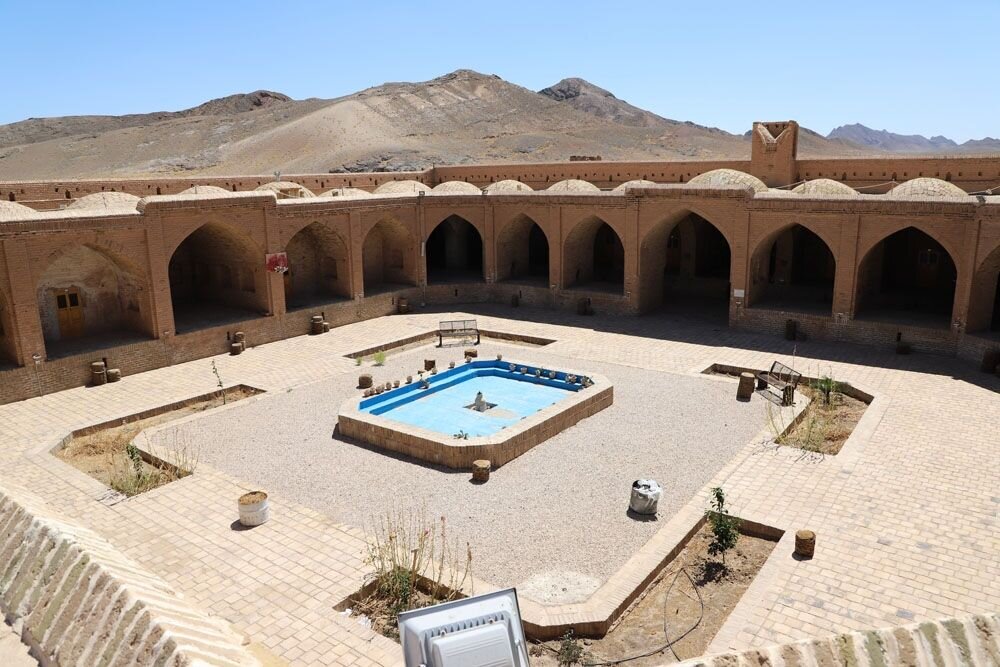30 historical monuments restored in eastern Iran

TEHRAN - A total of 30 historical buildings and aging structures, which are located in South Khorasan province, have been restored since the beginning of the current Iranian calendar year (March 21), the deputy provincial tourism chief has said.
“Restoration projects completed on 30 historical monuments across South Khorasan during the first half of the current year,” Ali Shariatimanesh announced on Sunday.
A budget of 40 billion rials (some $952,000 at the official exchange rate of 42,000 rials per dollar) was allocated to the renovation projects, he noted.
South Khorasan is home to some 1,600 historical monuments such as Ab-Anbars (underground cisterns), mosques, madrasas, caravanserais, edifices, and Hammams (public bathhouses), the majority of which date from the Qajar era (1789–1925), the official explained.
Reviving such historical sites could help attract more tourists, which in turn could lead to a better economic climate, the official added.
Located in eastern Iran, South Khorasan is also known for its famous rugs as well as its saffron and barberry which are produced in almost all parts of the province.
Iran is home to one of the world’s oldest continuous major civilizations, embracing settlements dating back to 4000 BC. It also hosts some of the world’s oldest cultural monuments including bazaars, museums, mosques, bridges, bathhouses, madrasas, gardens, rich natural, rural landscapes as well as 26 UNESCO World Heritage sites.
The name of Iran, formerly known as Persia, mostly conjures up the first Persian Empire, ruled by the Achaemenids (ca. 550 – 330 BC) and sites such as Pasargadae and Persepolis. However, there are tens of prehistorical sites as the Burnt City in Sistan-Baluchestan, Tepe Sialk in Kashan, Susa, and Tchogha Zanbil in the Khuzestan province, and Ecbatana in Hamedan which predate the Achaemenid period.
From a wider point of view, Iranian history can be divided into Pre-Islamic and Islamic eras. The Medes unified Iran as a nation and empire in 625 BC. The Islamic conquest of Persia (633–656) that put an end to the mighty Sassanid Empire (224–651) was a turning point in the history of the nation.
AFM
Leave a Comment